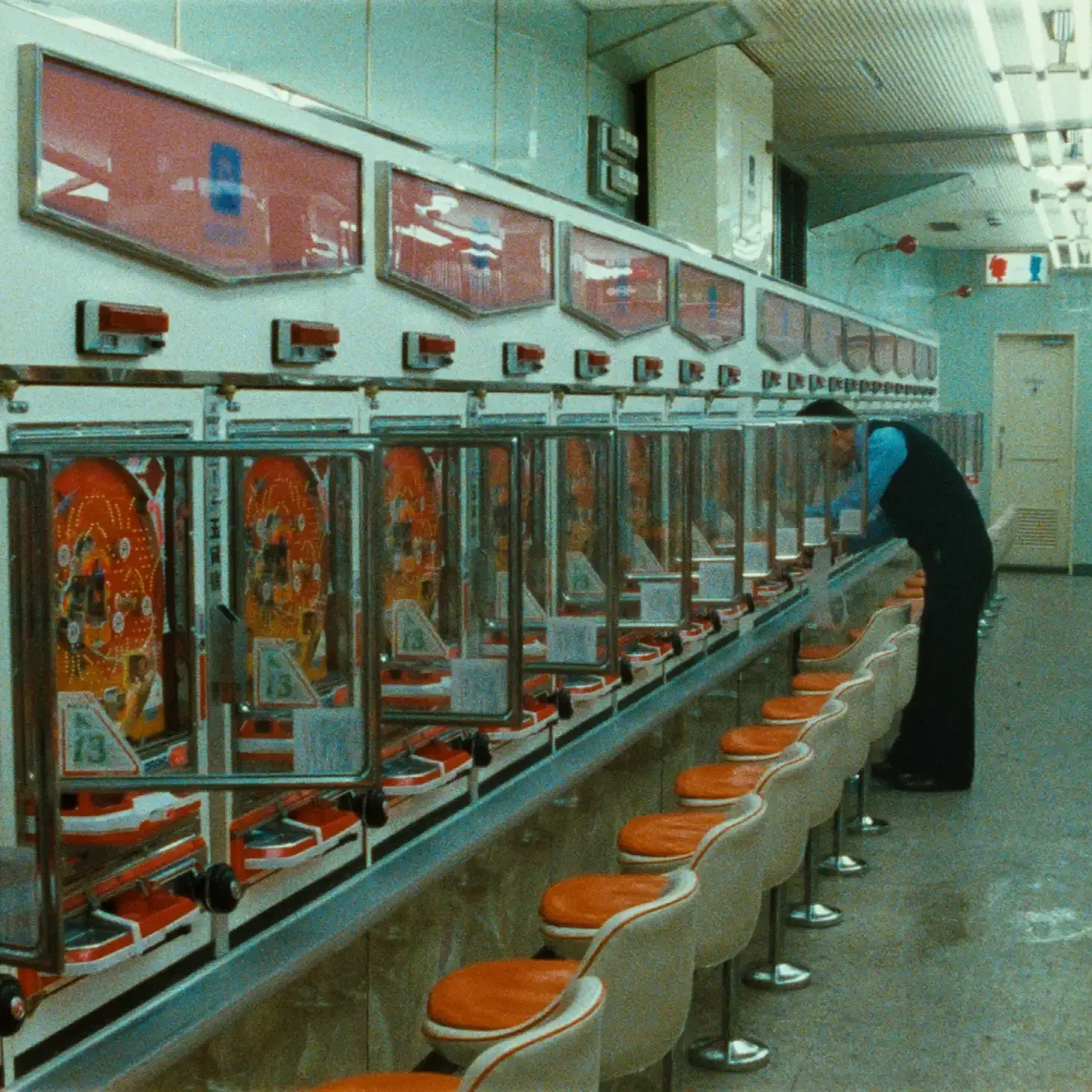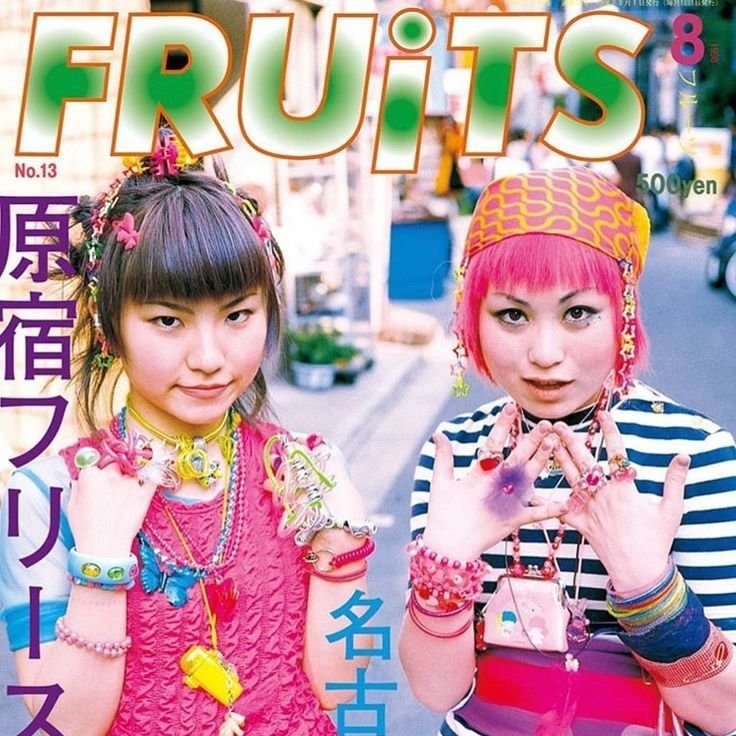Hallucinatory Japan - The Psychedelic World of Keiichi Tanaami
Realm of the Afterlife / Realm of the Living - 2017│© Keiichi Tanaami
Behind the swirls of bright colors, the saturated patterns of bulging eyes, pin-ups with fixed smiles, and undulating fish, hides a burning memory. That of a Tokyo child, buried under the rubble as incendiary bombs reduced his city to ashes. Keiichi Tanaami, a pioneer of Japanese pop art, has never stopped painting this fire, not so much that of reality as that persistent one of reminiscence and dreams. For him, memory is a mirage, an unstable kaleidoscope of images borrowed as much from the triumphant America of the 1960s as from the dark chasms of a traumatized unconscious.
Tanaami grew up in post-war Japan, marked both by the aftermath of the conflict and the brutal irruption of Western mass culture. Rather than choosing between introspection and pop, he merges the two into an aesthetic of excess where everything blends and contaminates one another. A graphic designer, illustrator, experimental filmmaker, painter, and teacher, he has created a prolific and profoundly singular body of work spanning more than six decades, fueled by the hallucinatory visions of his nightmares and daydreams.
His work constitutes a scathing and baroque critique of consumer society, while retaining a profoundly Japanese influence, at the intersection of iconographic tradition and the onslaught of Technicolor. By archiving his dreams every night in meticulous notebooks, Tanaami elevates the subconscious to the raw material of art. He embodies a living bridge between individual memory, collective trauma, and pop hallucination in the contemporary art landscape.
War, Media, and the Pop Explosion
Keiichi Tanaami's work lies at the intersection of several major historical fractures: World War II, the American occupation, and the emergence of consumer society in a Japan undergoing reconstruction. Born in 1936 in a Tokyo soon to be ravaged by air raids, he was forever marked by the image of burning skies, wailing sirens, and charred silhouettes. These apocalyptic visions have a lasting impact on his work in the form of recurring motifs: stylized mushroom clouds, anthropomorphic military aircraft, grotesque faces frozen in expressions of terror or euphoria.
At the end of the war, Japan became the scene of a striking paradox. Ruins and an economic miracle coexisted, while American culture flooded the streets, screens, and homes. For young artists of the time, this sudden Westernization was experienced not as mere imitation, but as a sensory confrontation. Discovering American fashion magazines, psychedelic record covers, and Warner animated films, Tanaami glimpsed a world both foreign and strangely familiar, where commercial fantasies and visual archetypes operated like modern mythologies.
Graduating from Musashino University of the Arts in the early 1960s, he began his career as a graphic designer in advertising, working for international brands such as Coca-Cola and Shiseido. This passage through the commercial world is crucial, because it gives him not only a keen mastery of the visual codes of consumer society, but also a critical distance from their power of seduction. Rather than rejecting them, Tanaami chooses to digest them, to divert them and to exacerbate them to the point of absurdity, in a saturated, grotesque and provocative aesthetic.
It was also during this time that he discovered the works of Robert Rauschenberg, Andy Warhol, and Milton Glaser, all artists who were reinventing the boundaries between art and advertising. But while Tanaami is often compared to Western Pop Art, he distinguishes himself through a denser and more dreamlike symbolic charge. Where Warhol coldly repeats Campbell's soup cans, Tanaami explodes them in frenetic compositions where traumatic memory is superimposed on icons of global capitalism.
His work thus inhabits a constant tension between a fascination with the visual power of pop culture and an attempt to reveal its profound alienation, between the initial shock of war and the media overstimulation of the postwar period, between the Japanese tradition of narrative drawing and the graphic acceleration of the psychedelic years.
In this sense, Tanaami is not only a product of his time; he is one of its most radical translators. Through his abundant works, he captures the pulse of a changing Japan, torn between modernity and memory, chaos and control, dream and nightmare. It is precisely this turmoil, this fundamental ambivalence, that will give his art all its subversive power.
The Story of Death and Rebirth - 2019│© Keiichi Tanaami
An aesthetics of hallucination
Keiichi Tanaami's work is first striking for its visual saturation. Garish colors, a proliferation of shapes, and anarchic superpositions all combine to plunge the viewer into a state of heightened perception bordering on hallucination. This graphic vertigo reflects a tormented inner world, where childhood memories, media figures, and recurring nightmares collide in a unique visual language, bordering between waking dream and psychedelic delirium.
One of the most striking motifs in his work is undoubtedly the mushroom cloud, which for Tanaami becomes a black, ambiguous flower, both fascinating and threatening, a symbol of destructive dazzle. This motif is often associated with other obsessive images, such as enlarged eyes staring at the viewer, hybrid creatures halfway between American cartoons and Japanese youkai, or smiling skeletons reminiscent of kusouzu (Buddhist paintings depicting the decomposition of bodies).
Through these forms, the artist expresses a logic of overflow, of sensory overflow, where the individual seems engulfed by the images that assail them. Tanaami's universe functions as a clearinghouse, a visual outlet for the anxiety of reality. Suffering from a serious lung infection in the 1980s, he suffered repeated hallucinations during his convalescence, which had a lasting influence on his work. These confused and repetitive visions would inform a series of illustrations and animations in which the same motifs recur in a loop, like echoes of an oversaturated subconscious.
This obsessive aesthetic finds its freest expression in his experimental films, notably Crayon Angel (1975) and Collage (1975), in which he uses frenetic editing, optical distortion, and narrative fragmentation to recreate the hallucinatory experience. These works, similar to the avant-garde cinema of Stan Brakhage and Shuji Terayama, reveal a desire to destabilize perception, to break with the linear logic of narrative, and to develop a visual language based on reminiscence and disruption.
Furthermore, Tanaami also draws on the Buddhist imagination, in which illusion is perceived as constitutive of the experience of the world. This influence is evident in his taste for visual mandalas, concentric forms, and unsettling symmetries reminiscent of certain motifs in Asian religious art. But for him, meditation becomes frenzy, since instead of leading to serenity, repetition leads to fragmentation.
Presence - 2022│© Keiichi Tanaami
Art and counterculture
If Keiichi Tanaami appears today as a singular figure in the Japanese art scene, it is largely because he has never ceased to occupy a peripheral position, on the edge of several worlds: that of contemporary art, commercial illustration, experimental cinema and counter-culture. This hybridity is not only a constant in his practice, but also a faithful reflection of the cultural tensions that ran through post-war Japan.
His work is fully in line with the spirit of the Japanese counterculture of the 1960s, fueled by student protests, the questioning of authority, and the attraction to alternative cultures from the West. Tokyo then became the crucible of an artistic ferment where psychedelic rock, avant-garde theater, subversive comics (gekiga), and underground cinema intersected. Tanaami collaborated with several figures from this effervescent scene, notably with the Tenjō Sajiki collective founded by Shūji Terayama, as well as with musicians and performers who shared his fascination with the bizarre, the grotesque, and the dreamlike.
The artist thus embodies a postmodern sensibility, seamlessly blending high and mass culture, traditional Japanese references, and visual codes imported from America. This approach is evident in his illustration work, notably for the magazines Heibon Punch and Playboy Japan, where he developed an instantly recognizable graphic style, oscillating between pop eroticism, political satire, and phantasmagoria. These works, long considered "minor" by academic standards, are now being reevaluated in light of their formal audacity and critical impact.
Tanaami has also been a bridge between generations. An influential professor at Kyoto University of the Arts, he trained artists such as Tabaimo and Makoto Aida, while continuing to experiment with digital technologies and collaborative forms. Unlike other figures of his generation who were stuck in a style or an era, he never stopped reinventing himself, embracing 3D animation, video and even immersive installation.
Behind the vivid hues and dreamlike forms of his work lies a biting critique of Japan's post-industrial excesses. The economic miracle of the 1960s and 1970s, while establishing the country as a model of modernity, also generated a profound social malaise: standardization of lifestyles, overwork, loss of traditional reference points. Tanaami translates this malaise through images in which bodies are deformed, identities multiplied, and religious or patriotic symbols altered to the point of absurdity.
Far from a simple aestheticism of excess, his visual language explores the shadowy areas of a society prey to the injunctions of progress, consumerism, and standardization. Through excess, saturation, and the misappropriation of symbols, Tanaami reveals the profound tensions between memory and modernity, tradition and desire. His peripheral position has become a gravitational center for a new generation of artists who, like him, reject aesthetic compartmentalization. Today, his works are exhibited in the greatest museums, from MoMA to the Fondation Cartier, retaining intact their destabilizing power and subversive vitality, and reminding us that the imagination, when free and unruly, can become a form of resistance and a tool for lucidity.









Explaining the glue between anime, fine art, toys, and fashion.